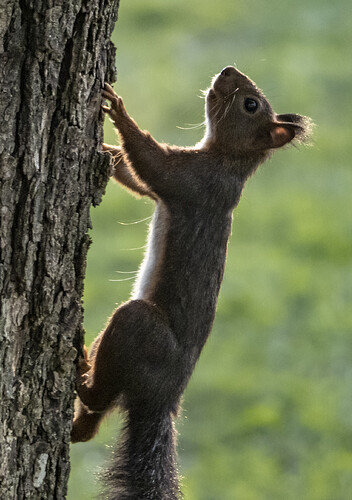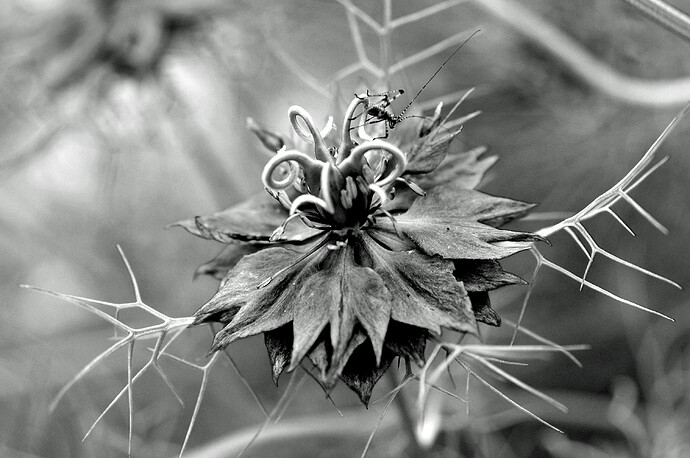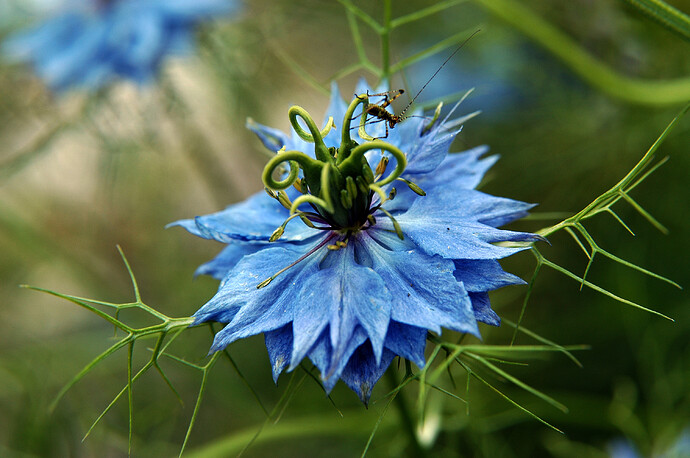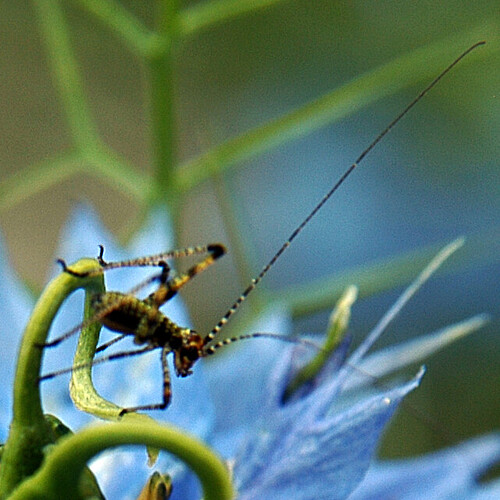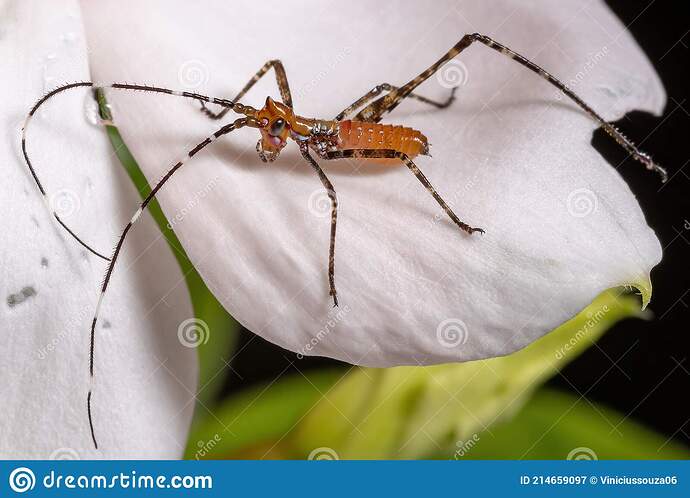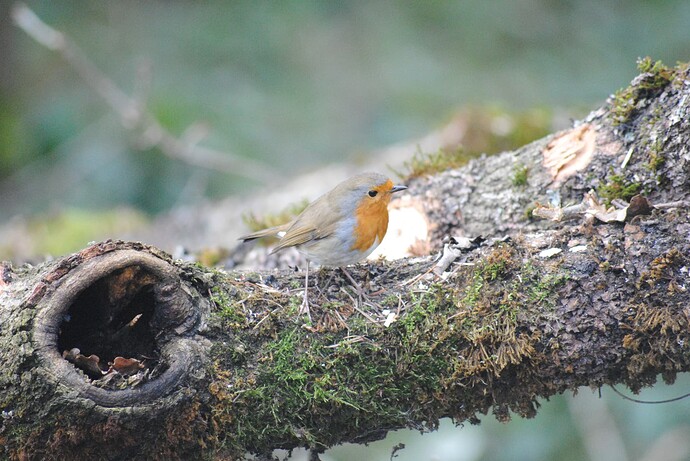The Leptoglossus occidentalis tend to be browner and fatter, with more contrasting tiger stripes (although all wood “punaises” in France seem to have such abdominal stripes). We have loads of them try to hibernate in the autumn in our house when it starts to get cold/wet - not surprisingly, we have a ready source of pine cones with a Douglas fir plantation next door !
Just had a look at it on the pc and noticed it did have the seriated back legs inlike ours so you are spot on, our ones stripes seem to fade during the winter and they get darker, we haven’t had as many this year or they are not straying as far from the woods this winter.
The last big “wave” of the Leptoglossus we had was back in 2019, when it was really dry and warm for about 7 months, and since then, their numbers seem to have calmed down again. I haven’t looked up much about their lifecycle, so I’m assuming that the weather (more likely the damp) definitely has some influence on their numbers.
Did you know that in Brighton & Hove (uk) “all new buildings more than five metres high have to include some form of housing for solitary creatures” …meaning bee-bricks .
Why not try drilling a few holes here and there…? I am.
I have a rotting wood pile in the end corner of my garden, specifically for the carpenter bees. We have loads of them.
Was on my knees and elbows trying to photo a flower head close up and didn’t see this little insect until it was up on the computer screen.
It doesn’t look like your insect and I don’t know what mine is…but it looks pretty!
Don’t know what the flower is either.
Cornflower and looks like it might be a Phaneropterinae or bush cricket.
Looks like Nigella, love in the mist, whatever it’s a beautiful photo.
Debby is right  I went and got my glasses and had a look
I went and got my glasses and had a look 

I agree with Debby there - it’s a really lovely photo!
My insect looks very much like this one in a stock library photo - close enough match? - Katydid Nymph of the sub family Phaneropterinae, as you say.
Only just noticed - this insect has a big back leg missing…
I agree - just googled it…
A lovely, cheerful photo, I’d forgotten how nice they are, so thank you for posting.
Speaking of flowers and insects, did anyone see David Attenborough explaining the relationship between an orchid and a wasp on TV the other night?
It amazes me how nature can, through evolution over millions of years, create a plant that can fool an insect. How on earth can such a thing happen? How can a plant learn to do what this one has done!?
It must be nature and its all-powerful ‘preservation of the species’ magical phenomenon - something that goes on, in one way or another, in our own domestic back gardens.
This one follows us around in the wood at the back of the house, always remaining at a safe distance of about 1.5 to 2m.
Where’s the grub gone….!
Starlings, sparrows, blue tits, great tits and the occasional robin eat here. Ten fat balls disappear in two to three days. Am always filling up the bird feeder!
When would you advise to stop feeding them? Mate of mine in London said that fat balls are avian junk food.
Chez moi they are more like sciurine junk food.
Had to look that one up! No squirrels round my way unhappily. However, I have an old plum tree and I’m amazed how far away from the tree that it’s baby saplings grow. Don’t think it’s the wind, so something has to be burying the plum stones. Unless birds can take them away from the tree?
OK, hands up - so did I ![]()
